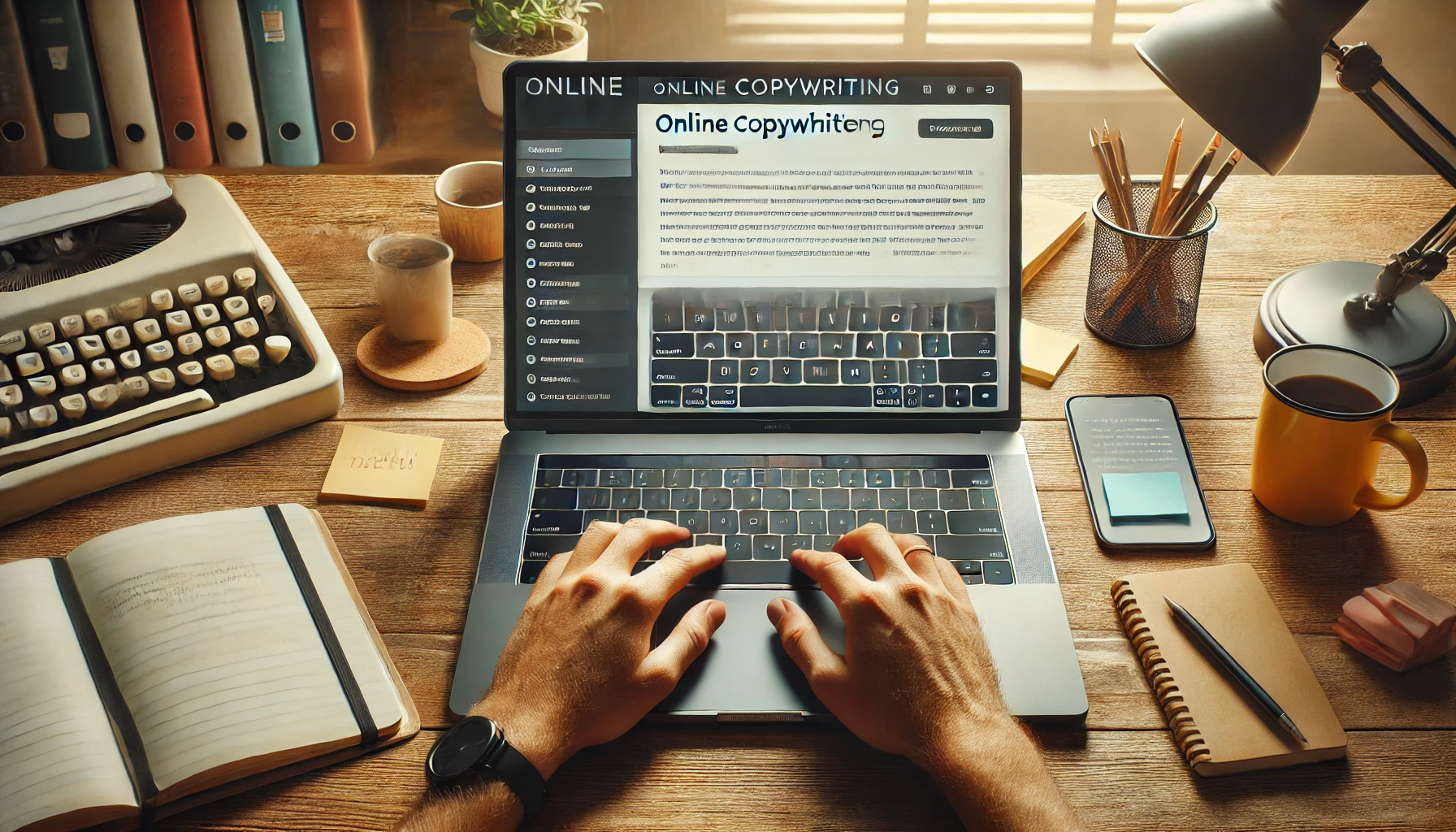Persuasive copywriting has been around for ages, way before the age of the internet. Its roots trace back to ancient rhetoric, the art of using language to influence an audience. Nowadays, it’s a key player in the world of digital marketing, helping businesses connect with users in a noisy online space.
At the core of persuasive writing are Aristotle’s Modes of Persuasion: Ethos, Pathos, and Logos. Ethos leans on the credibility of the writer, Pathos tugs at the heartstrings, and Logos relies on logic and reason. These foundational principles guide copywriters to craft messages that don’t just inform but engage on multiple levels.
In marketing, persuasion isn’t about pressure; it’s about aligning with what your audience wants and needs. It’s about understanding their motivations, fears, and aspirations, then weaving those into your narrative. Effective persuasion can gently nudge someone toward a decision, rather than pushing them into it.
Every good piece of persuasive copy has a few essential elements: a clear understanding of the target audience, a strong and relatable message, a compelling call to action, and a structure that draws readers in. Think of it as building a bridge between what you’re offering and what your audience craves.
Crafting Compelling Copy: Techniques to Engage and Convert Readers
Writing is like a conversation with folks you really care about—it’s personal, engaging, and real. To nail that, you’ve got to tap into what your audience genuinely feels. Think about their struggles and aspirations. Speak to these emotions, showing that you not only understand but that you’re here to help.
Balance is key. While emotion can open the door, information is what keeps people inside. Your copy should dance between stirring feelings and delivering concrete facts. Emotional hooks grab attention, while strong, clear facts provide reassurance and authority.
Storytelling isn’t just for novelists. A good story can place your reader in the heart of your narrative, making the message stick. Whether you share a personal journey, a customer success story, or a simple day-to-day scenario, storytelling makes your copy relatable and memorable.
How you present your words matters almost as much as the words themselves. Formatting isn’t just about aesthetics—it’s about guiding the reader’s eye. Use short paragraphs, bullet points, and headers to improve readability. A confident, friendly tone goes a long way in making the reader feel at ease.
Every piece of copy you write should have a distinct voice that resonates with your audience. This voice should reflect your brand’s personality and values. It’s what makes your communications uniquely yours and helps build that much-needed trust with your audience.
Leveraging Psychology: The Science Behind Effective Persuasion
Understanding the psychological triggers of your audience can make your copy pop. Scarcity, authority, social proof, and reciprocity are powerful influencers. Scarcity makes people believe they’re missing out if they don’t act fast. Authority earns trust, making people more likely to listen and act. Social proof, like testimonials or case studies, shows others are on board, so why not them? Reciprocity, the feeling that we should return favors, encourages positive response when you offer value first.
Cognitive biases shape how people perceive information and make decisions. People love confirmation bias, seeking out info that backs up what they already believe. Knowing this, you can echo shared beliefs in your copy to affirm their thinking. Anchoring bias is using initial info to frame what follows. Set expectations right away, and readers will compare all later info against it.
Every word carries a psychological weight. Building emotional connections starts with powerful headlines that grab attention. Use action verbs and focused language to urge readers to continue. Clarity beats cleverness. Harness the energy of words that convert impulses into actions.
Writing with persuasive power requires sensitivity. It’s one thing to steer choice, another to manipulate unfairly. Always keep ethics in mind. Respect your audience’s intelligence and autonomy. Offer genuine value without pushing undue pressure. Transparency and honesty foster long-term trust and loyalty.
Evaluating Success: Optimization Strategies for Maximizing Impact
After crafting what feels like the perfect copy, it’s time to see how it performs in the real world. Tracking the right metrics helps you figure out what’s working and what’s not. Conversions, click-through rates, and engagement levels give you tangible insights into how your audience interacts with your material.
Ever heard of A/B testing? It’s like having two versions of your copy running side-by-side to see which one performs better. By making occasional tweaks to headlines, calls to action, or even imagery, you can boost the effectiveness of your copy based on real-world data. It’s about learning and evolving rather than just sticking with the initial draft.
User feedback is golden. Encouraging your audience to share their thoughts offers invaluable insights. Learning what viewers appreciate or what might turn them off helps refine your approaches. Actively listening leads to more engaged, happier customers who feel heard and valued.
There’s much to glean from studying other successful campaigns, which helps you discover key ingredients for winning copy. Analyzing case studies reveals common threads, innovative approaches, and pitfalls to avoid. Stay open to continuous learning; it keeps your skills sharp and your copy fresh.
Remember, great copy isn’t crafted in isolation. Engage with your creative network, seek feedback from peers, and stay updated on industry trends. Each piece of insight adds to your understanding, enabling you to write copy that not only connects but converts.

